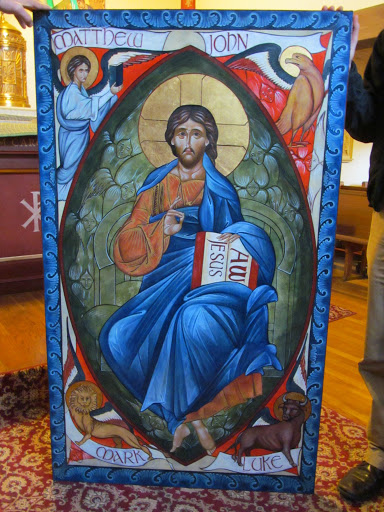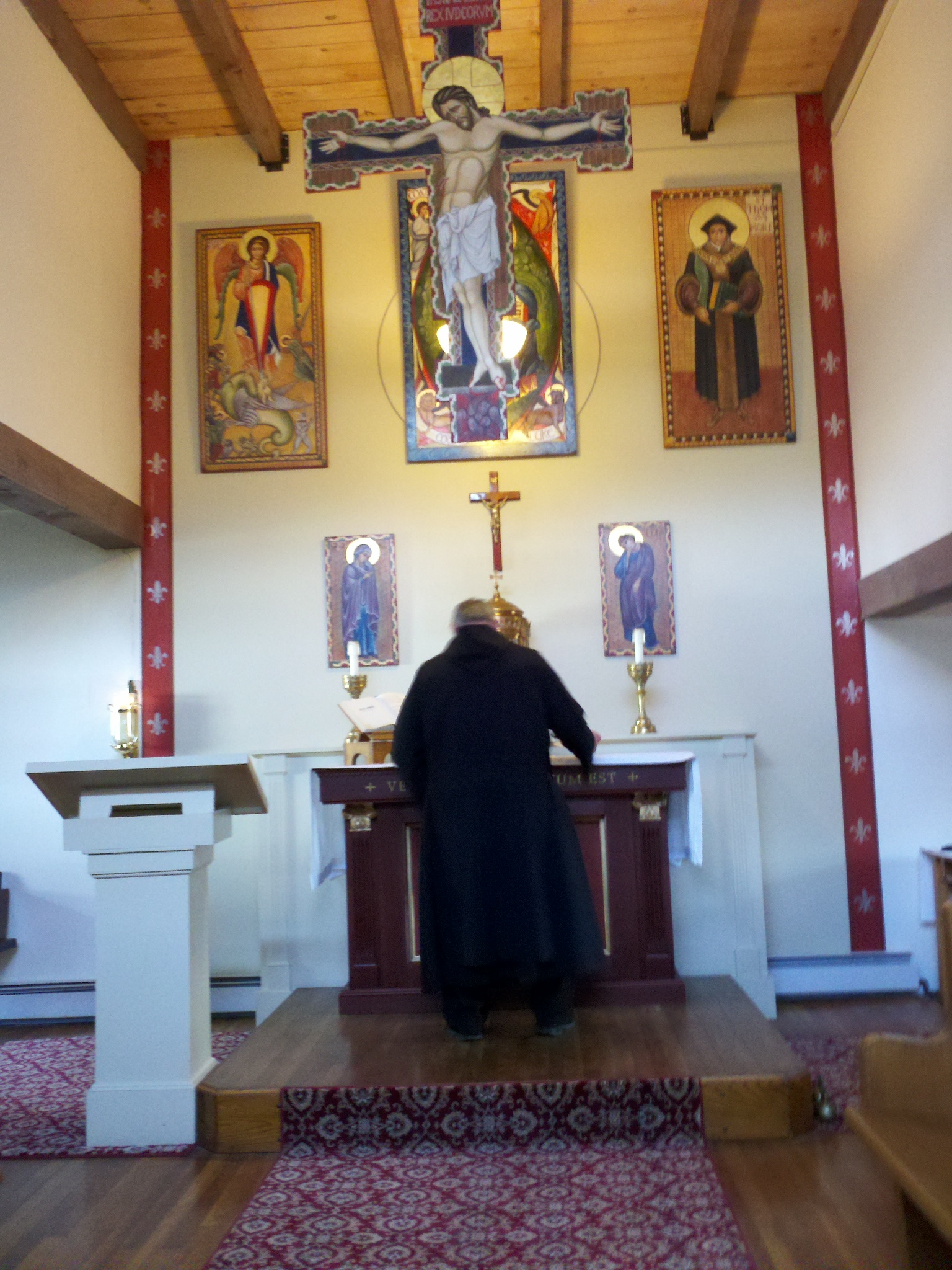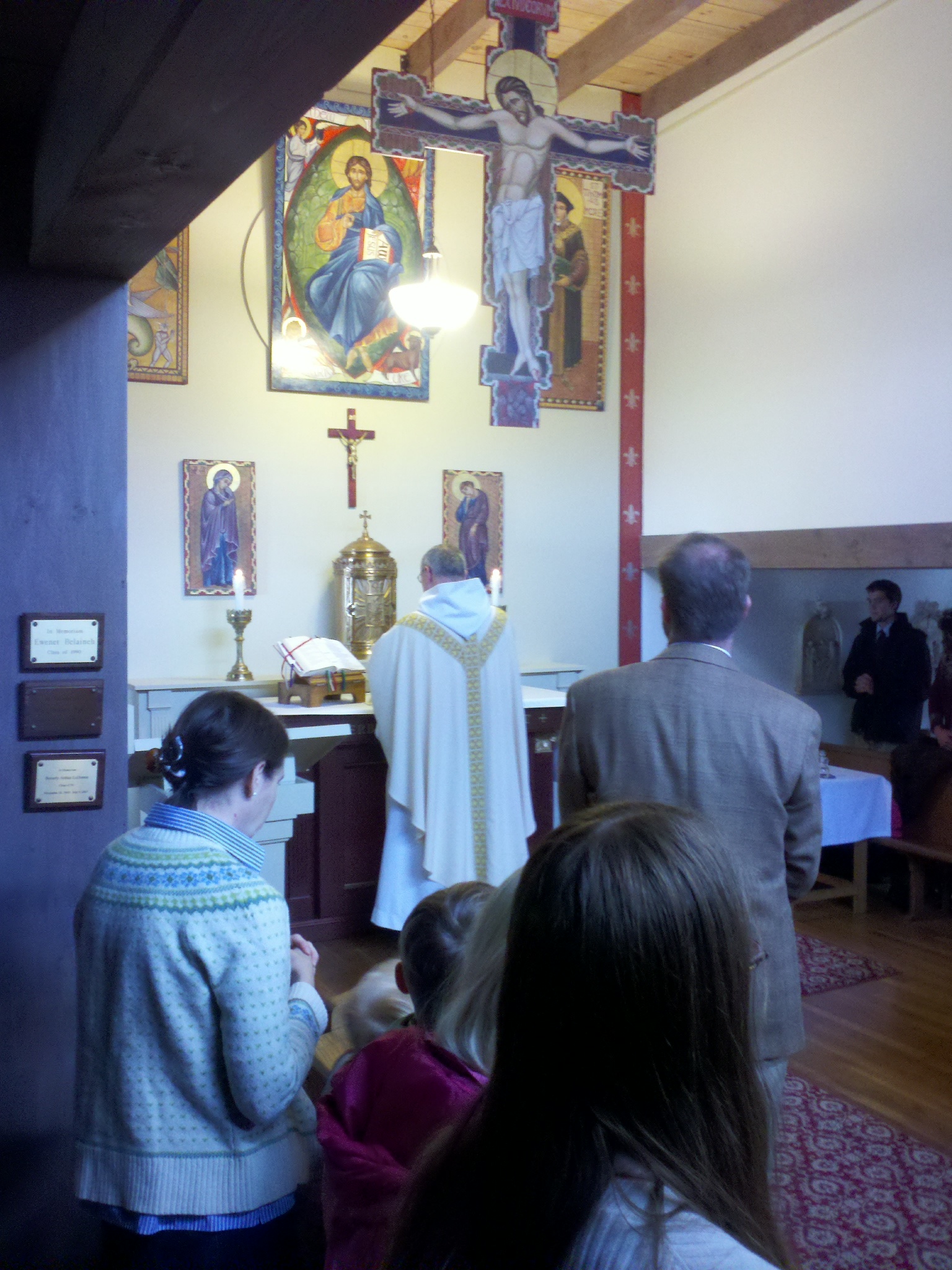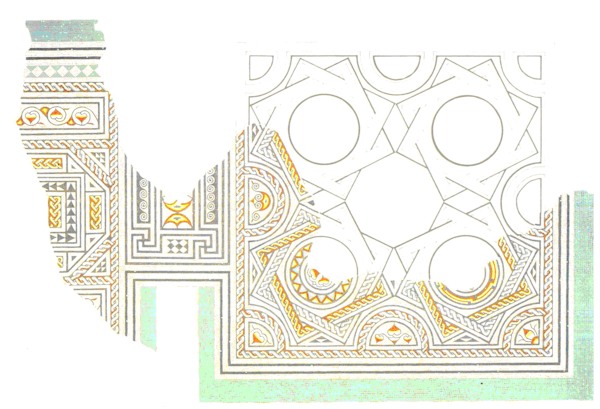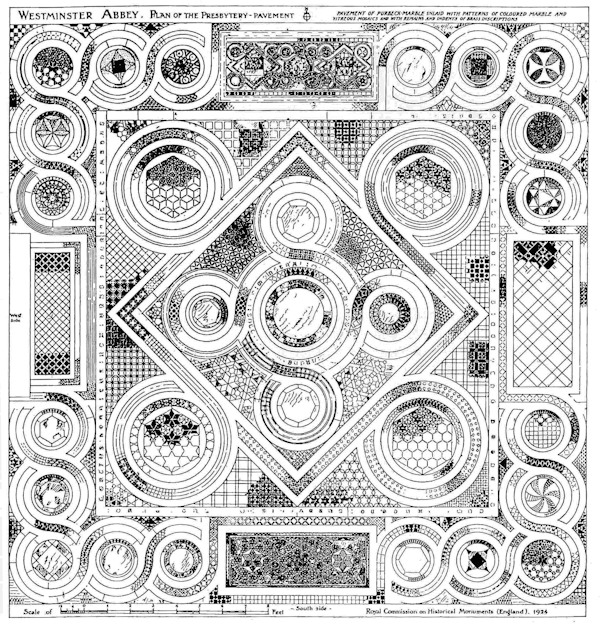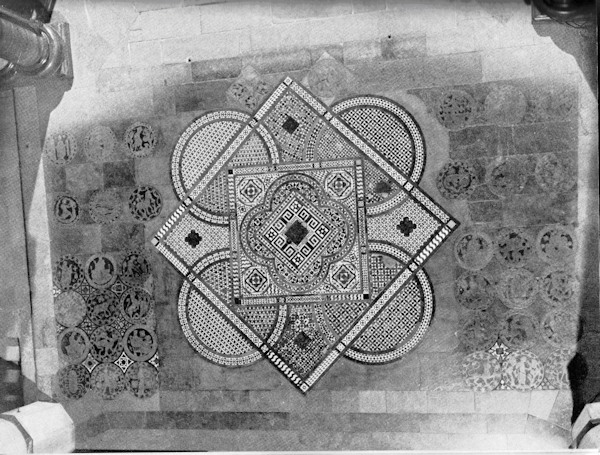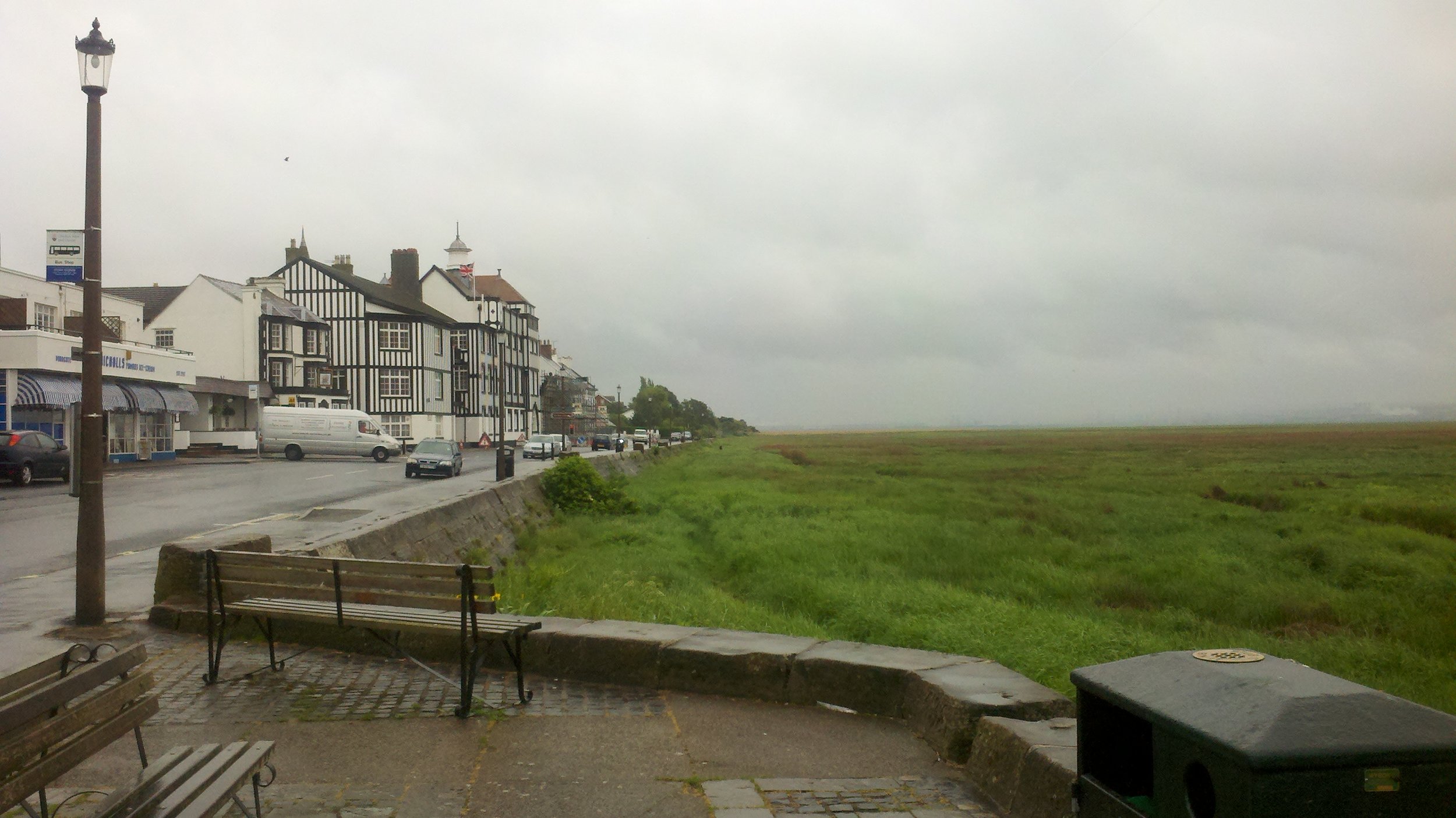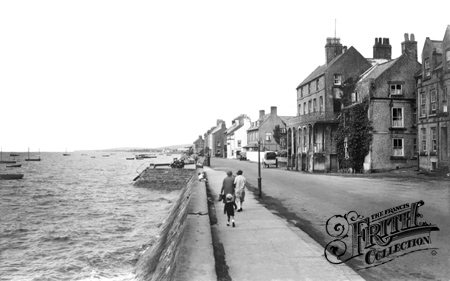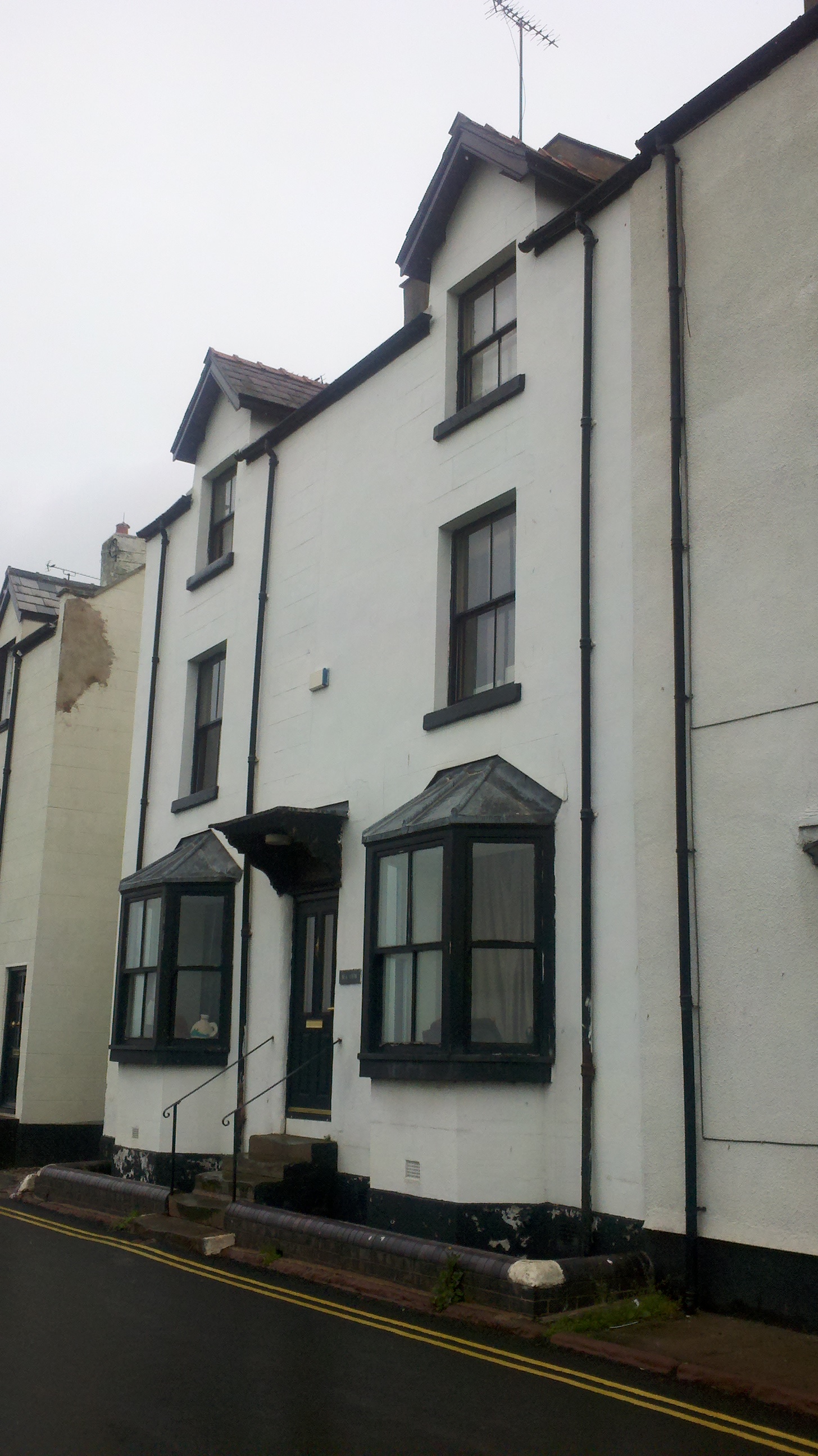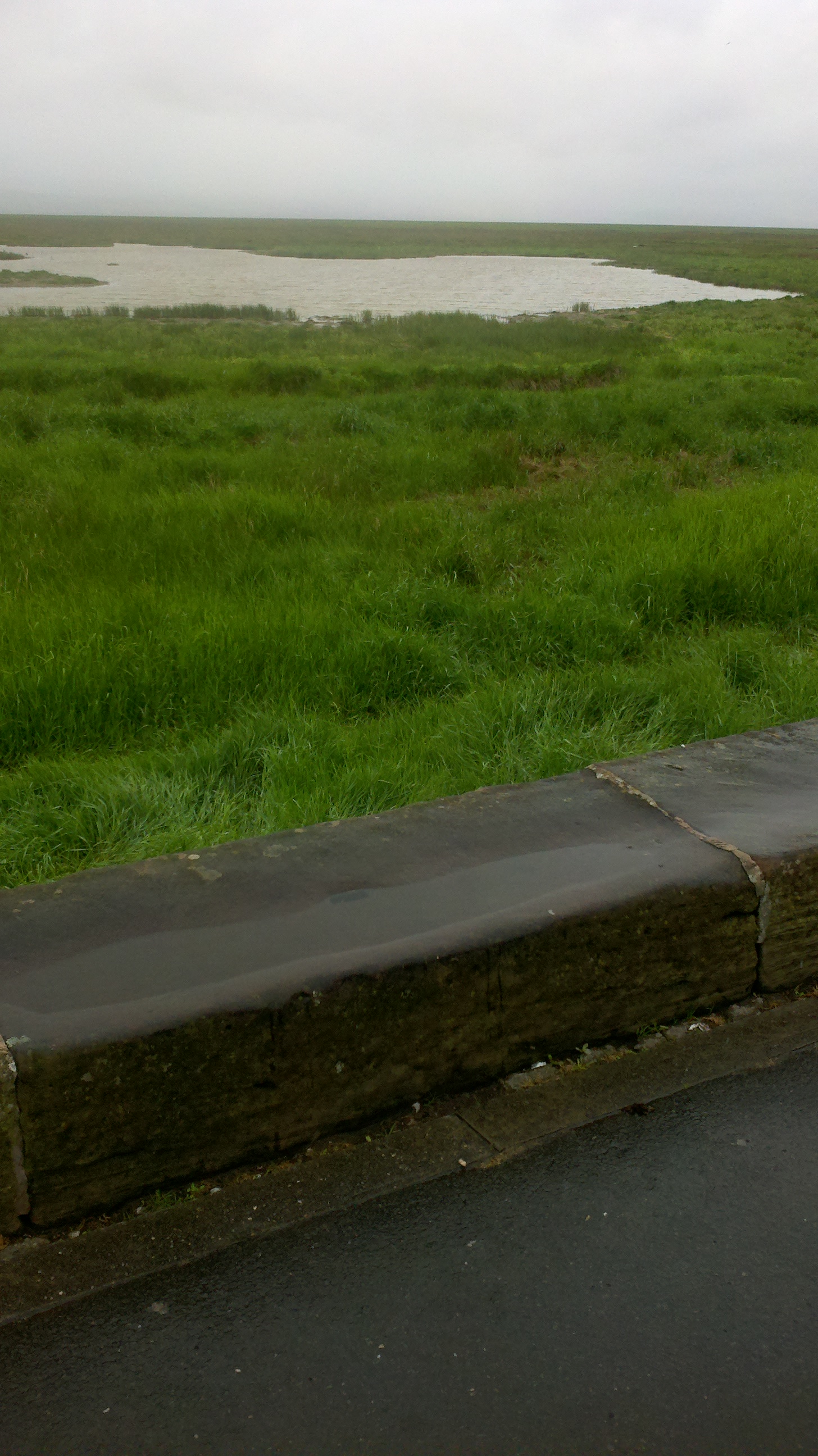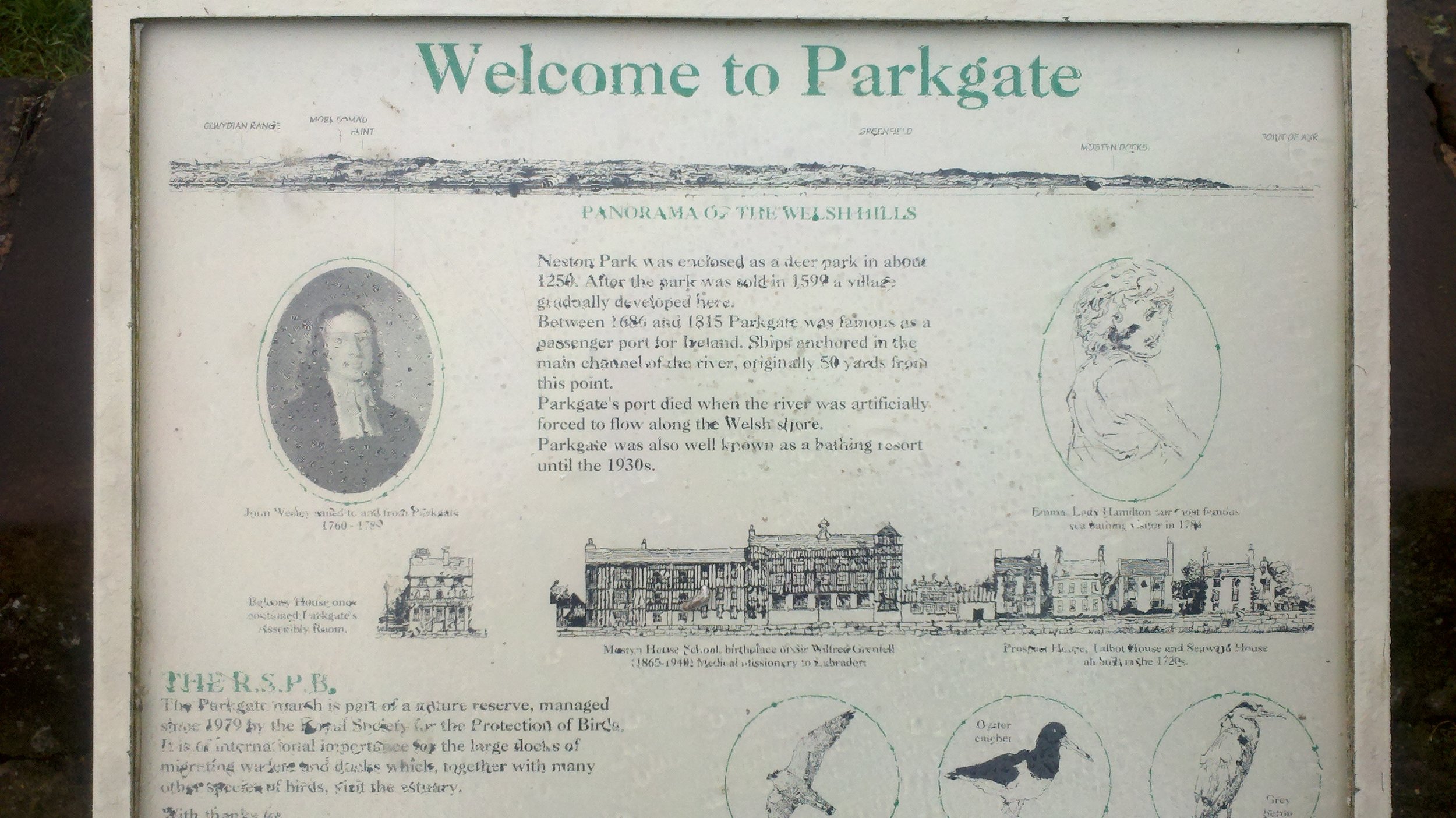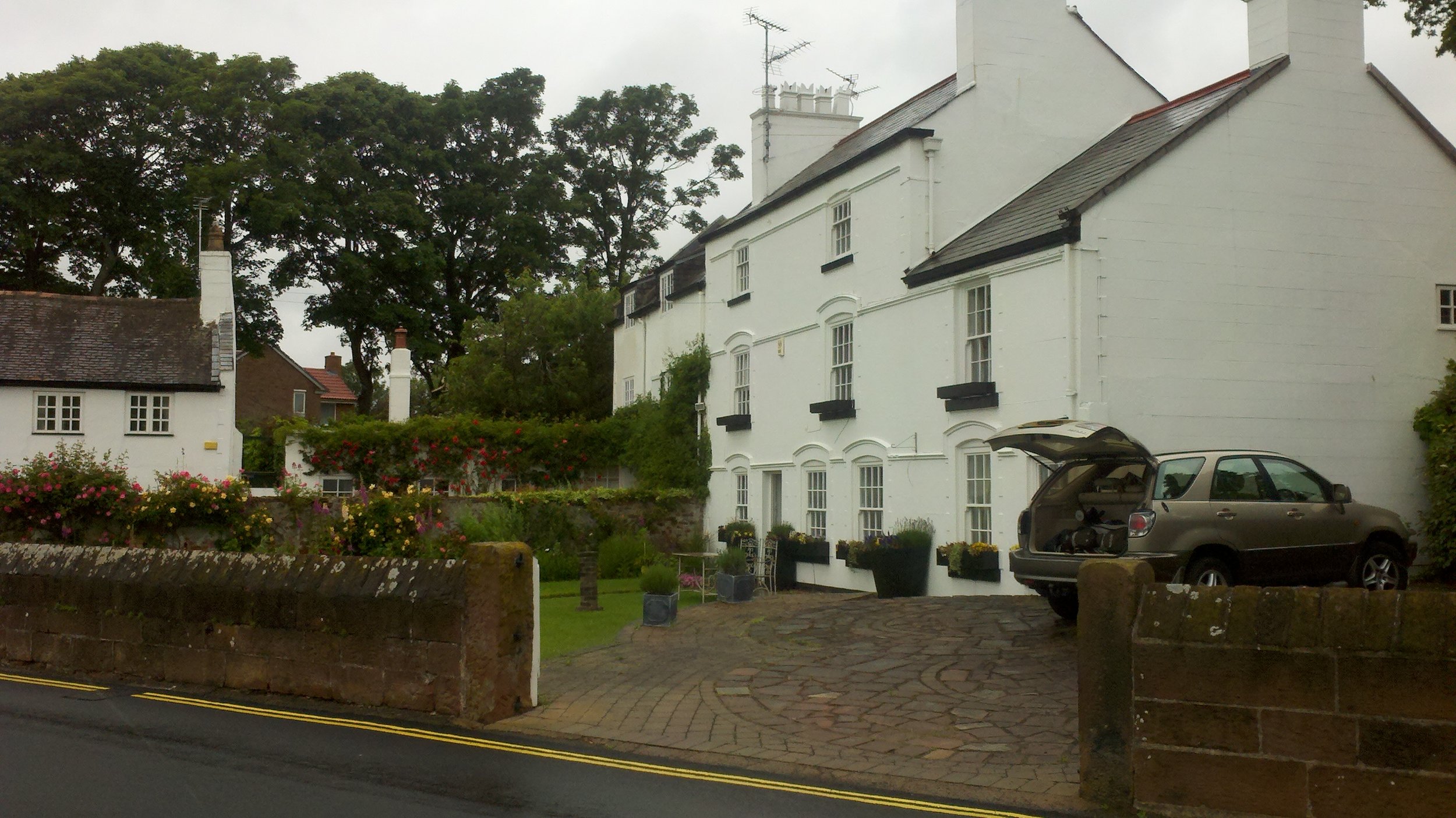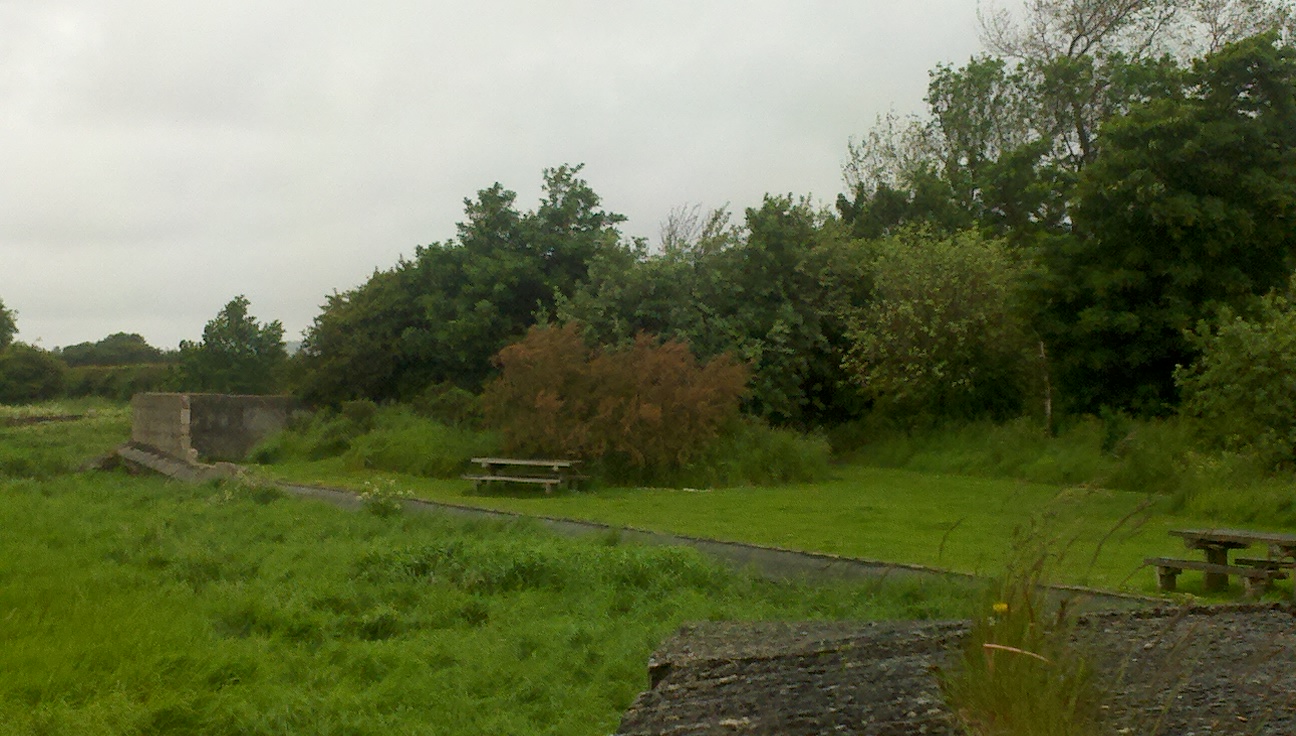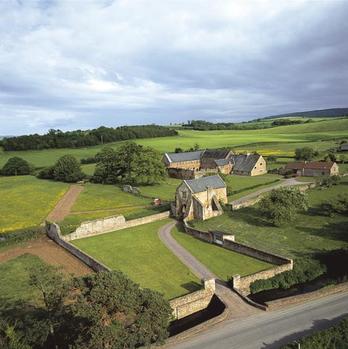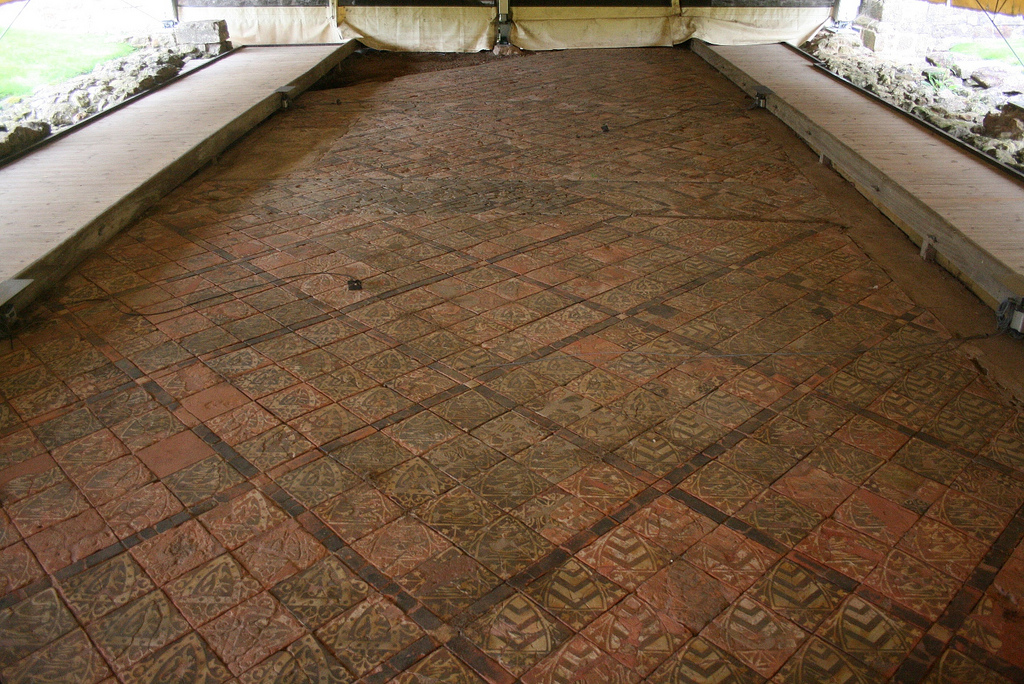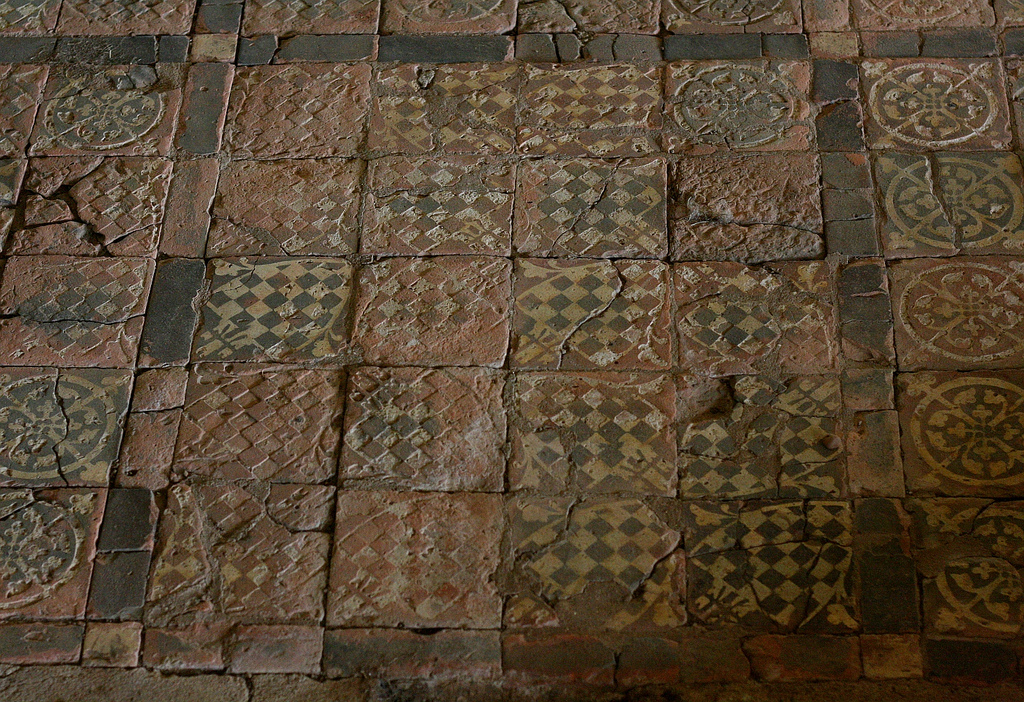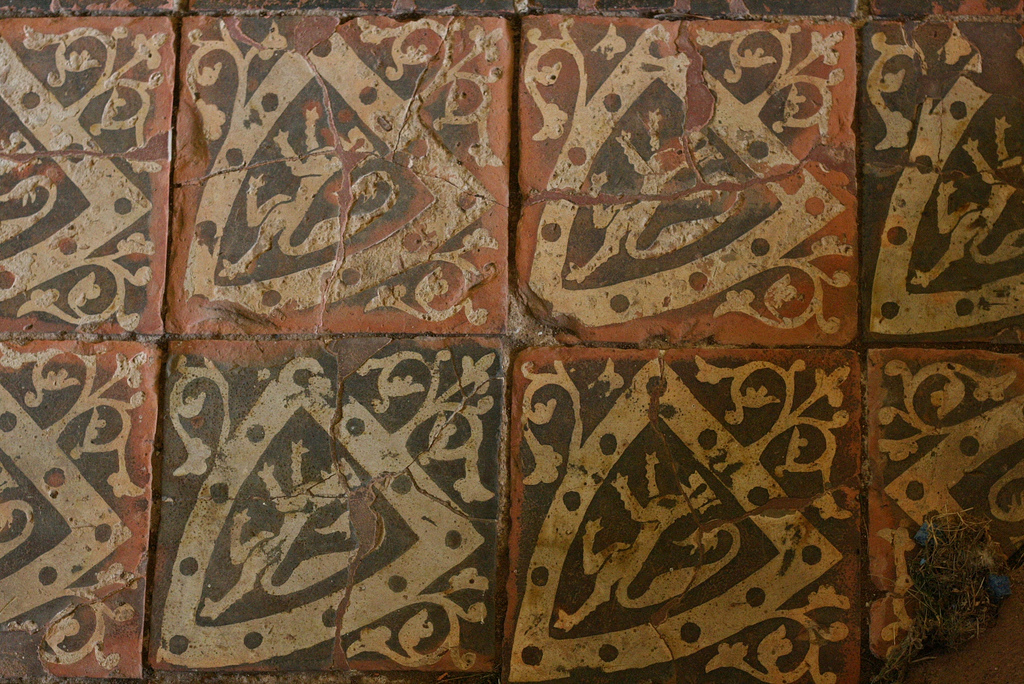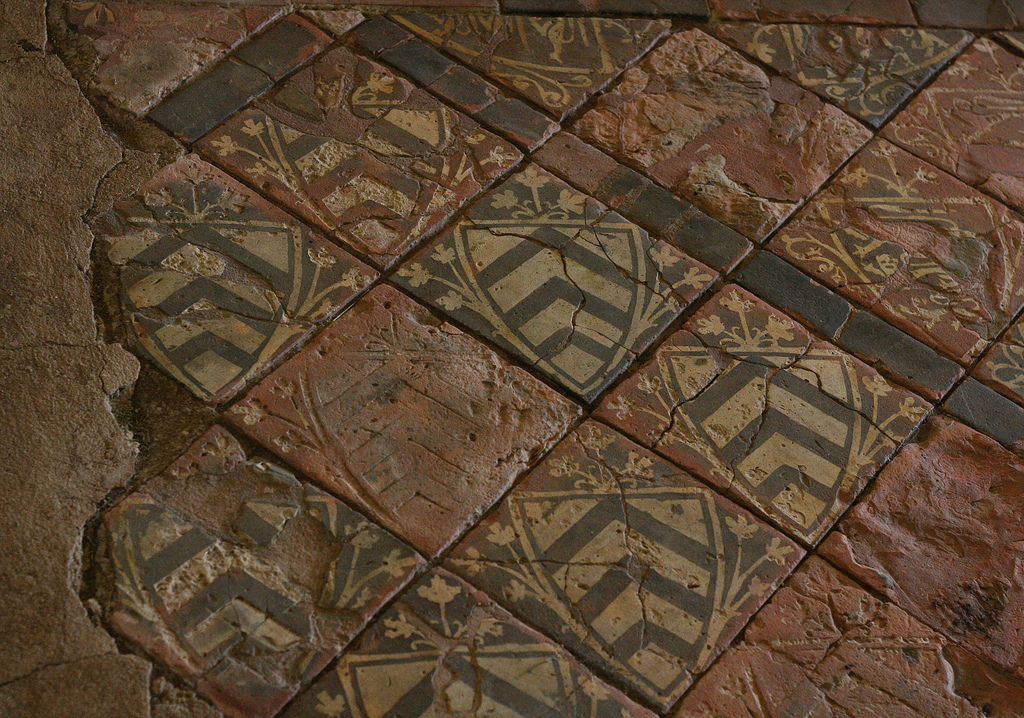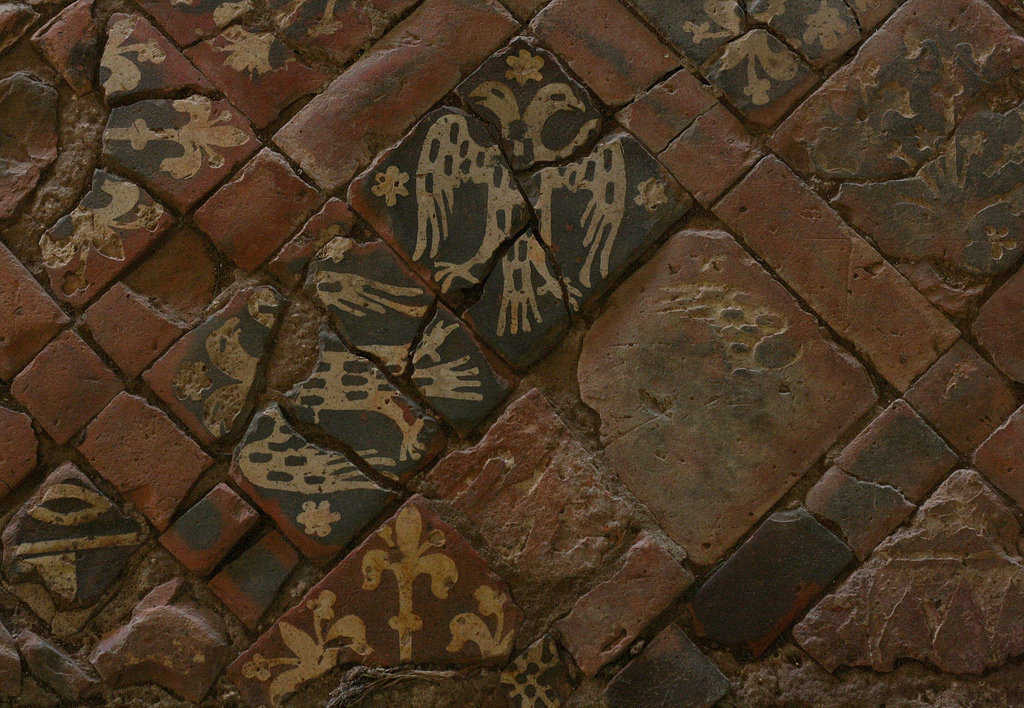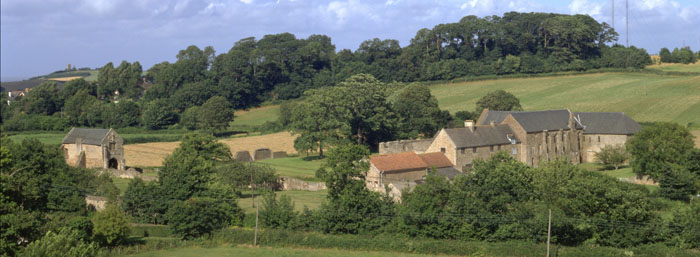 St Irenaeus and St Augustine on 'seeing' God Here are two short excerpts taken from the Office of Readings. The first, from St Ireneaus, is from Advent and the second, from St Augustine, is from the Octave of Christmas. Both, it occurs to me, can be read in the light of the following: first is that we are made to see God the Father, in union with Him in heaven. When we 'see' God we know him deeply in the deepest form of knowing which is love. The action of love that draws us into in this mystery is worship of God in the liturgy.
The first reading describes how the Trinity is active in this process. The Spirit draws us into the Son. . Through the personal relationship with the Son, we participate in His personal relationship with the Father. We are part of the mystical body of Christ, the Church, most fully when our actions are liturgicalThis is what liturgy is: the worship of the Father, through the Son, in the Spirit.
St Irenaeus and St Augustine on 'seeing' God Here are two short excerpts taken from the Office of Readings. The first, from St Ireneaus, is from Advent and the second, from St Augustine, is from the Octave of Christmas. Both, it occurs to me, can be read in the light of the following: first is that we are made to see God the Father, in union with Him in heaven. When we 'see' God we know him deeply in the deepest form of knowing which is love. The action of love that draws us into in this mystery is worship of God in the liturgy.
The first reading describes how the Trinity is active in this process. The Spirit draws us into the Son. . Through the personal relationship with the Son, we participate in His personal relationship with the Father. We are part of the mystical body of Christ, the Church, most fully when our actions are liturgicalThis is what liturgy is: the worship of the Father, through the Son, in the Spirit.
‘Man does not see God by his own powers; but God of his own will appears to men, to whom he wills, and when he wills and as he wills. For God can do all things: he was seen in former times prophetically through the Spirit, He is seen in the Son by adoption, and he will be seen in the kingdom of heaven as Father. The Spirit prepares man for the Son of God, the Son brings him to the Father, and the Father bestows on him incorruptibility for eternal life, which comes to everyone from his beholding God.’ (St Irenaeus, Against the Heresies. taken from the Office of Readings, Wednesday WkIII of Advent.)
The second reading emphasises that this highest form of knowing is loving. Seeing God is not a spectator sport, is a loving interraction.
‘So the life itself was made manifest in the flesh, because it depended upon “manifestation”, that a reality only perceptible to the heart might also be visible to our eyes, and thus heal our hearts. For the Word is seen only by the heart, but the flesh is seen also by bodily eyes. There was in fact a way in which we could see the Word: the Word became flesh which we could see, in order to heal the heart, the means by which we could see the Word.’ (St Augustine: Commentary on First Letter of St John. Excert from Office of Readings, Feast of Apostle John, December 27th.)
If we think of the heart as the deepest place inside us that represents the person - the vector sum of our thoughts and actions. A pure heart by which we can see God, is a state we experience when there is no inner conflict in the person and all is in conformity to the will of God: the body is governed by the soul, which is in turn governed by the spirit within it and which is the closest part of us to God. (The spirit referred to here is the spirit of man, an aspect of the soul, not the Holy Spirit. Follow the link through above for more information.) Our purity in this respect has a profound influence of the culture incidentally, for it affects all that we do, even the most mundane. The liturgy is not only the place that this ideal should first be manifested, but also the activity that gives us grace to achieve it. The Liturgy, which has the Word made flesh at its centre, is the most effective activity by which we can grow in love through God's grace and see Him.
Blessed are the pure in heart for they shall see God! The model of purity of heart is of course the Sacred Heart of Jesus himself. The two images shown are painted by me. The first, which is more iconographic in style is in the chapel at Thomas More College of Liberal Arts; and the second, which has baroque influences, is in the chapel at the Maryvale Institute in Birmingham, England.









